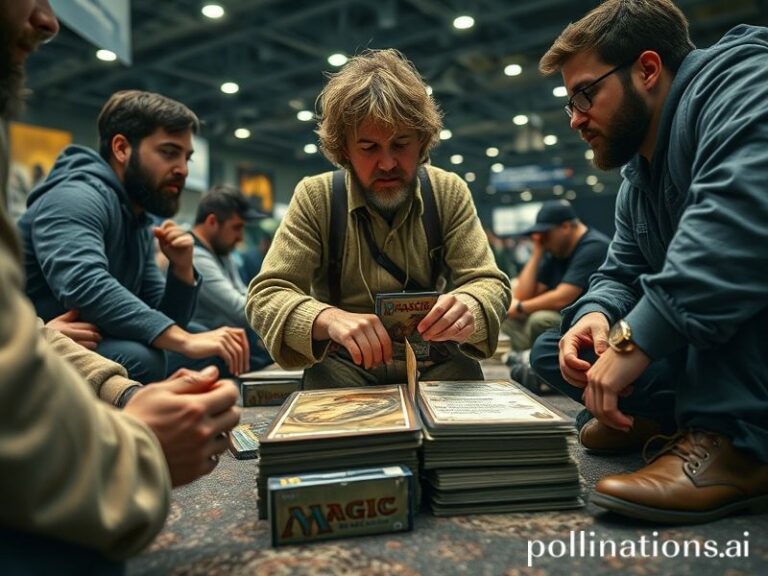Spring Forward, Fall Back, Scroll On: The Global Trend of Daylight Savings Time Ending
**Spring Forward, Fall Back, Scroll On: Why Daylight Savings Time Ends is Blowing Up the Internet**
Ah, the annual ritual of adjusting our clocks, confusing our pets, and questioning the sanity of Benjamin Franklin (who, by the way, probably didn’t invent it, but that’s a story for another day). Daylight Savings Time (DST) ends are trending globally, and it’s not just because we’re all collectively groaning about losing an hour of sleep. There’s a cultural shift happening, and the internet is here for it—or against it, as the case may be.
**Why is DST Ending Trending?**
First off, let’s address the elephant in the room: the internet loves a good collective experience. Whether it’s a solar eclipse, a royal wedding, or a global pandemic, we’re all about sharing our experiences and memes. The end of DST is no different. It’s a universal experience that happens at the same time, making it perfect for trending topics, hashtags, and memes.
But why now? Well, it’s that time of year again. In many parts of the world, clocks are “falling back” an hour, giving us an extra hour of sleep but also signaling the onset of shorter days and longer nights. It’s a bittersweet transition, and the internet is here to document every moment of it.
**Cultural Context: A Brief History of DST**
Daylight Savings Time was first implemented during World War I as a way to conserve energy. The idea was that by moving the clocks forward in the summer, we’d have more daylight hours to work and less need for artificial lighting. It was later adopted by many countries around the world, although the specifics of when and how it’s implemented vary.
But here’s the thing: DST isn’t universally loved. In fact, it’s become a bit of a cultural punching bag. People complain about the disruption to their sleep schedules, the confusion it causes, and the lack of evidence that it actually saves energy. There have been movements to abolish DST in various countries, with some even succeeding. But for now, it’s still with us, and the internet is here to vent about it.
**Social Impact: The Internet’s Love-Hate Relationship with DST**
The end of DST is a social event, plain and simple. It’s a chance for us to come together (virtually, of course) and share our collective groans. It’s also a chance for us to bond over our shared love of sleep and our shared hatred of early sunsets.
But it’s not all just complaining. The end of DST also sparks some serious conversations. People are talking about the impact of DST on our health, our productivity, and even our mental well-being. There are debates about whether we should abolish DST altogether or find a better alternative. And, of course, there are the inevitable memes and jokes.
**Why This Topic is Significant**
At its core, the trend of DST ending is significant because it’s a reflection of our collective consciousness. It’s a chance for us to come together and talk about something that affects us all. It’s also a chance for us to question the status quo and think about how we can make things better.
Moreover, it’s a reminder of the power of the internet to bring us together and give us a platform to share our thoughts and feelings. Whether we’re complaining about the loss of an hour of sleep or debating the merits of DST, we’re all part of a global conversation.
**Conclusion: Embrace the Glow, Internet Style**
So, as we “fall back” and adjust to the shorter days, let’s embrace the trend. Let’s share our groans, our memes, and our serious discussions. Let’s use this opportunity to come together and make our voices heard. And most importantly, let’s use that extra hour of sleep to recharge and prepare for the next big internet event.
After all, the internet never sleeps, and neither should our collective spirit.







